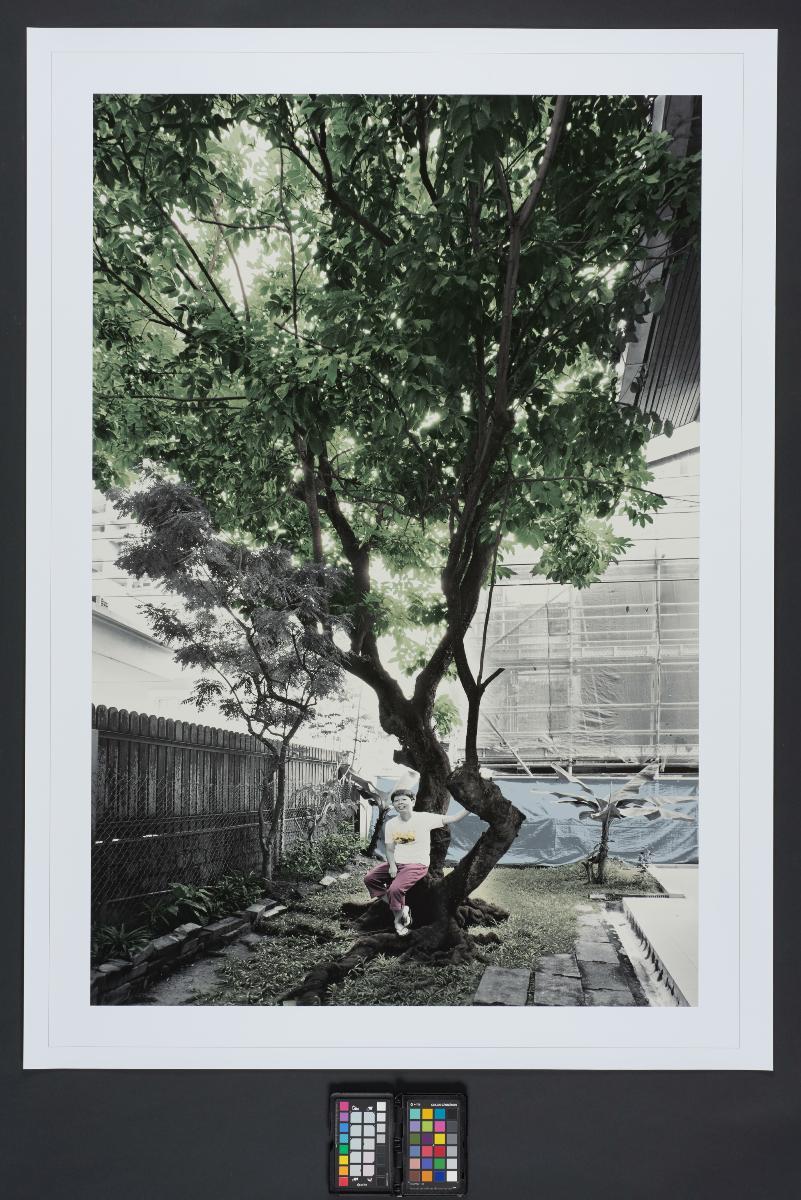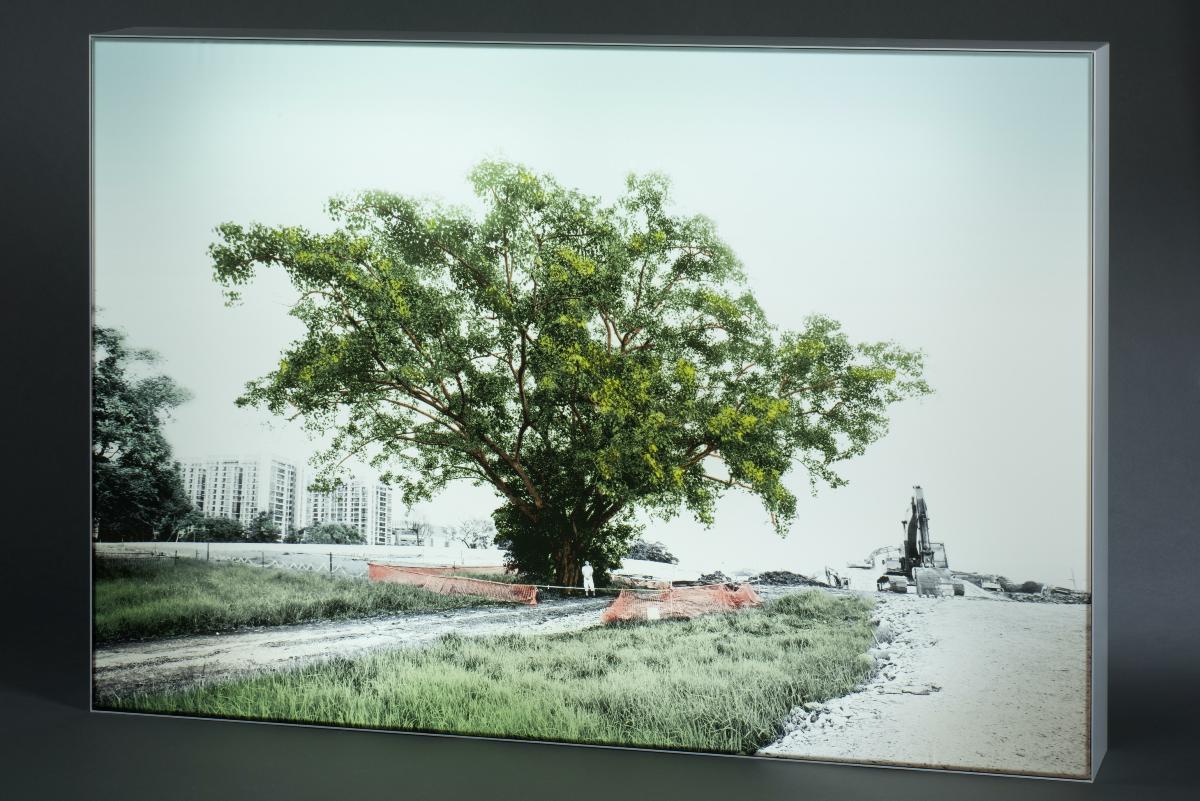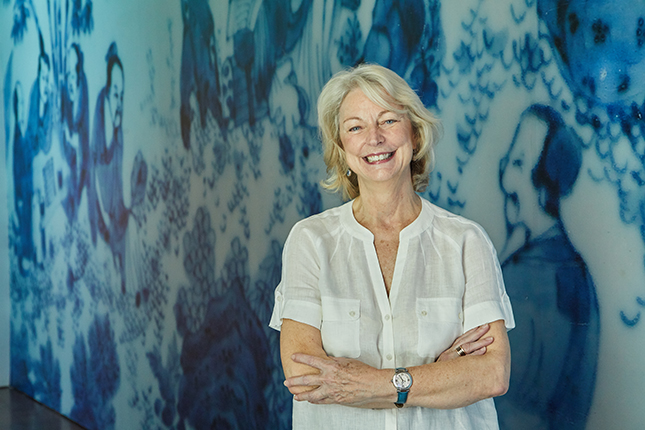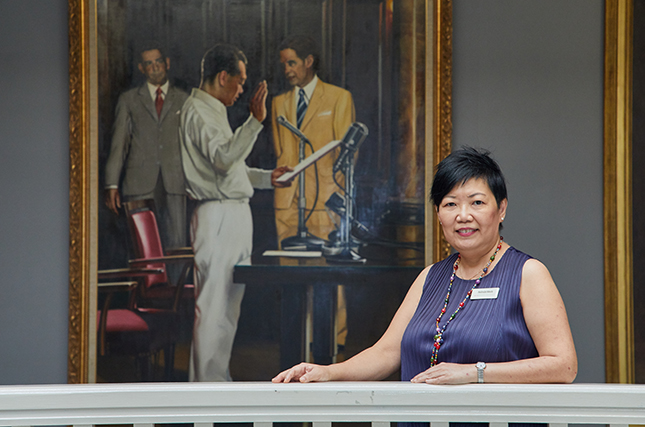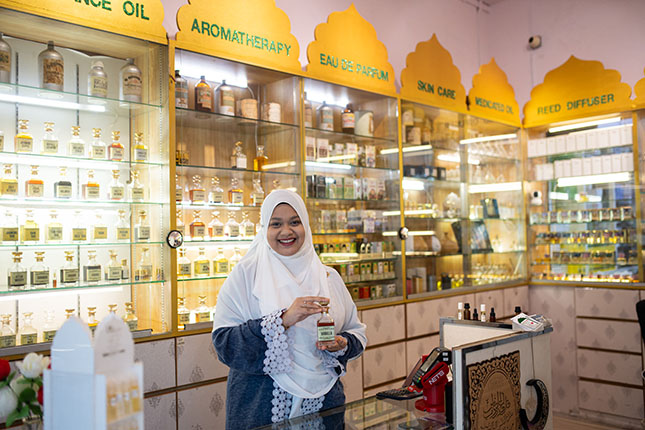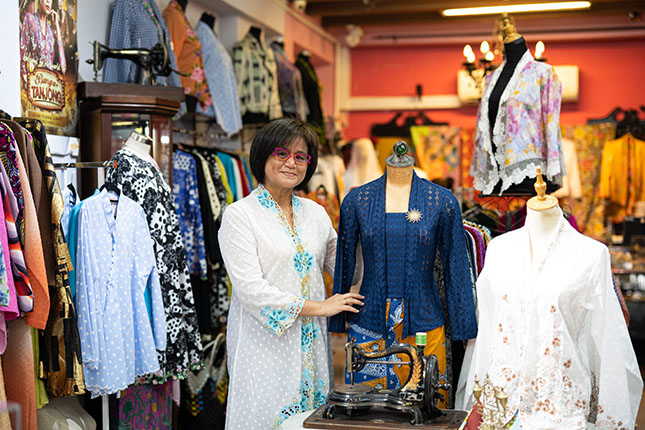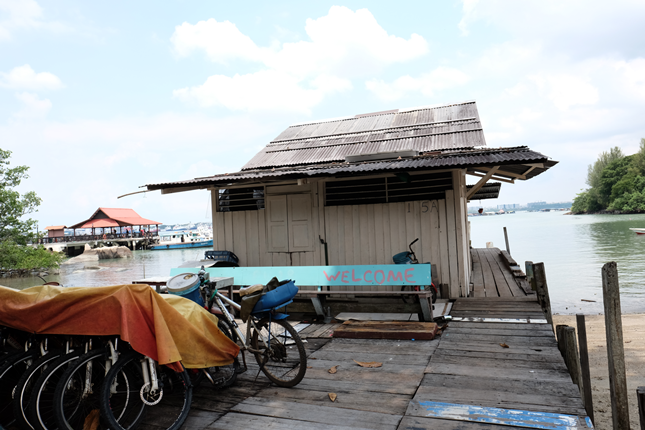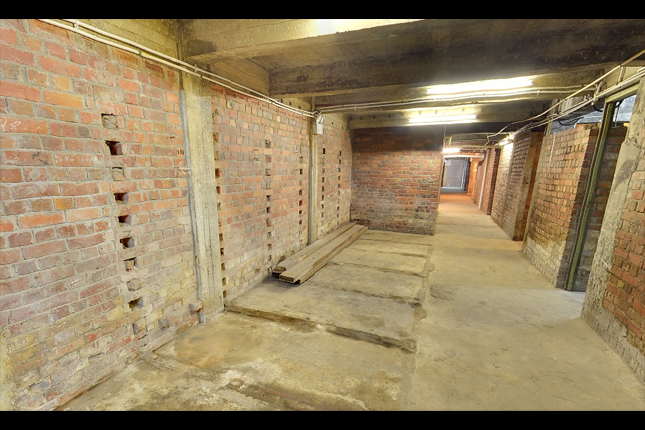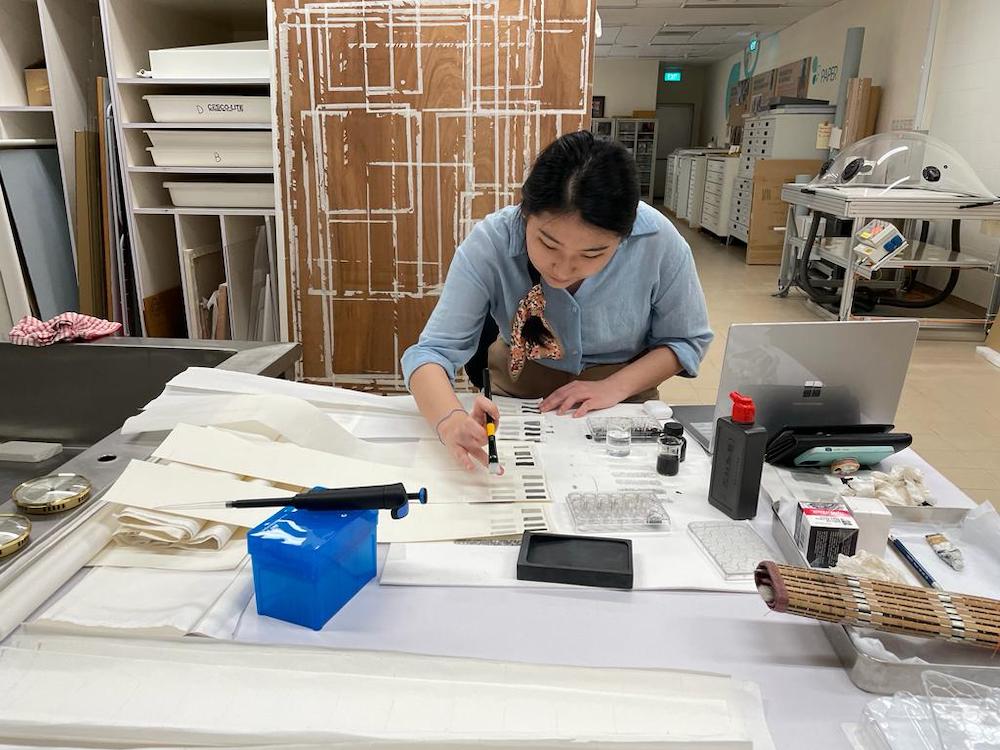
For decades, Clara Chan's headspace was a whirl of numbers. The investment banker wrote reports whenever a company put its shares on the market for the first time. She kept tabs on gains and losses.
Upon retirement, the 54-year-old decided to follow her heart. Her husband directed her to Friends of the Museums (FOM), which runs a docent training programme.
“He knew that I loved general history. When I travelled, I would always visit a country's main museum to hear stories about the place, people and culture,” she said.
After attending an FOM public information meeting, Clara began a six-month training stint. This included lectures by university professors, curators, and experienced docents, learning how to condense volumes of information into a one-hour tour paper, and presenting them to visitors in an engaging manner.
“The structured programme boosted my confidence. Mentors gave us tips on public speaking, which was a new experience for me,” Clara said.
In 2010, she gave her first tour at the National Museum of Singapore. Clara took a group around the Singapore History Gallery, through early Singapore, to life during the Japanese Occupation and the city-state's astounding development since.
“Being a Singaporean, it makes me proud to share our history with others. Plus, it's a good feeling when they thank you after a tour,” she said.
She picks up tidbits of information from visitors, too. Once, an elderly Singaporean shared an anecdote at the gallery's rickshaw exhibit.
“It was one of her saddest childhood memories. Her neighbour was a rickshaw driver. Every night, she used to watch him peel a layer of debris off the soles of his feet. It was a mixture of dust, dirt, and tar that clung onto his skin,” Clara said. “I will always remember that story. Now, I share it with other visitors, as it speaks volumes about the generation that has passed.”
Leading fellow docents

Clara was also part of FOM's training team. She co-led the National Museum of Singapore training in 2010 and in 2013, and co-developed the first training programme at the Malay Heritage Centre.
In 2013, she became the Centre's Coordinator. A year later, she took up the position of Joint Coordinator at the National Museum of Singapore. In 2015, Clara became FOM's President.
“As a docent, I didn't have many opportunities to interact with other volunteers. Now, I attend more meetings so I have gotten to know them better. Some have been guiding for 20 years, so I still have a lot to learn from the long-serving veterans,” she shared.
Despite additional commitments, Clara is still an active docent. She conducts tours, keeps up with research, and crafts fresh plans when exhibitions change. On most days, she has a packed schedule of meetings and guiding tasks. As a result, Clara makes it a point to spend evenings with her family. It is usually midnight when she starts to prepare for tours.
“Guiding was my first love. To me, the learning should not stop as President. It's just a matter of how I manage my time,” Clara said. “Volunteering involves self-sacrifice. I see it as my way of thanking society for giving me a new life. Before that, my life was focused on finance – it was not satisfying enough. Now, I lead a very fulfilling life.”
The future of heritage

During her term as President, Clara hopes to make guiding more inclusive. She wants to equip docents with skills to guide the disabled and those with special needs.
Although FOM has a strength of nearly 1,500, not many members are active volunteers, Clara said. Most FOM docents, who give tours on weekdays, are expatriates.
“There are many reservations about speaking to the public, but it's not that difficult. You just have to remember the key facts,” she said. “Volunteering results in a lot of personal growth. I would like to encourage more Singaporeans to come on board to volunteer.”
Clara has convinced at least one young Singaporean to volunteer, albeit in a different sector. Her eldest daughter, who is a journalist, has started volunteering with the non-profit organisation, HealthServe. She helps out with simple duties such as taking the blood pressure of migrant workers.
“In a way, I think my passion for heritage [volunteering] played a part. We are very close and she sees that I enjoy what I'm doing. So, she's pursuing something meaningful, too, aside from her work,” Clara said.
“I plan to keep up with guiding, as long as I can walk and remember my script,” she quipped.
By Annabelle Liang





